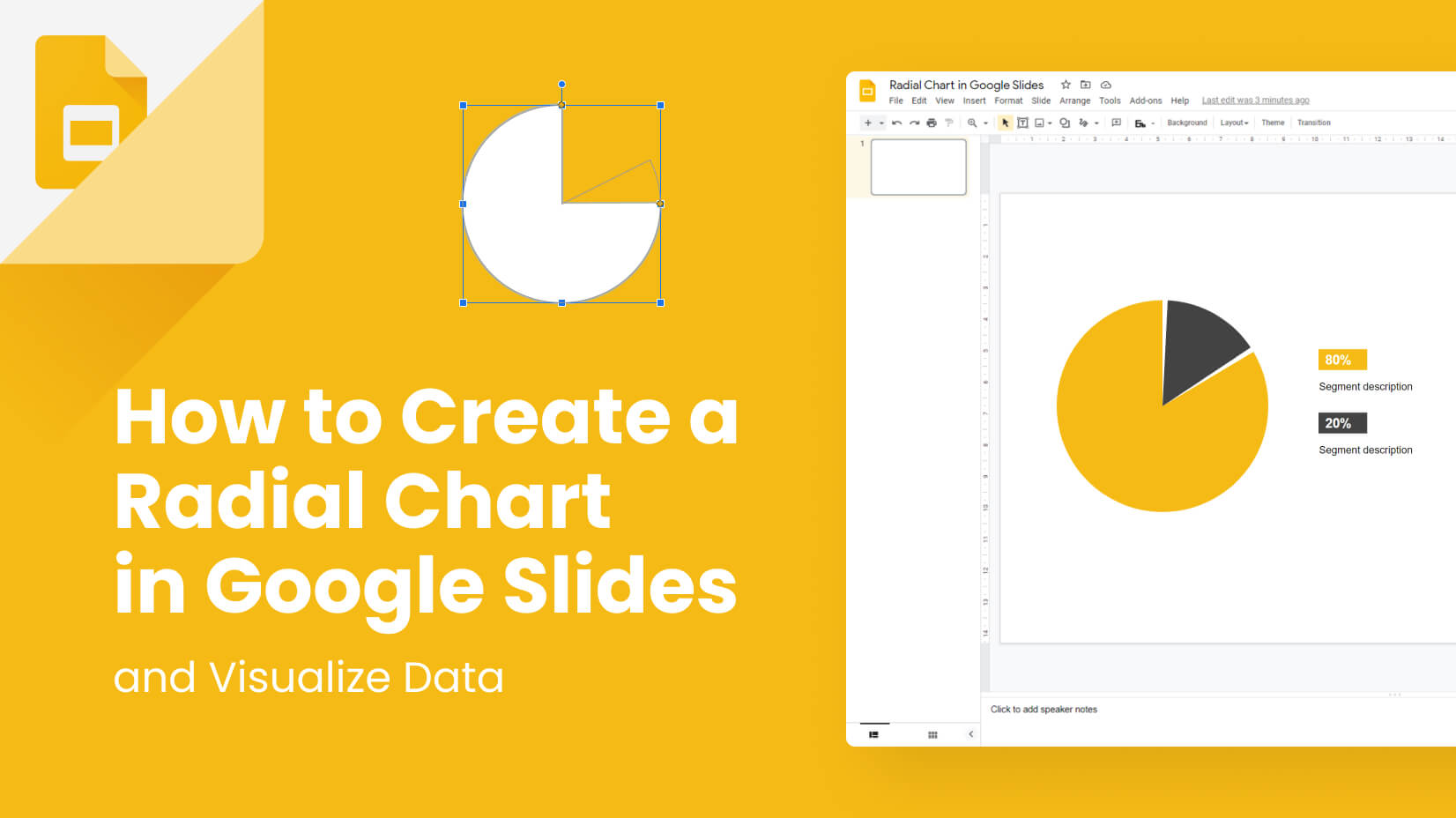
This is a brief guide, not a comprehensive step-by-step process by any means. The idea is to give you things to consider before you set up an online course, detailed information can be found online for each of our 7 key categories and by following the links given, but let’s take a step back.
Online courses have been becoming more and more popular for obvious reasons not least improved technology and connectivity. Added to this is a thirst for lifelong learning, convenience, and practicality and there seems to be a great future for online learning. All good so far, but there’s always a but. The competition is fierce, especially given the recent global situation, experienced teachers and instructors used to a physical teaching space are being forced to switch to virtual lessons. Added to this, there was already a plethora of courses and teaching online anyway.
The question is, therefore, not only how do you set up an online course but more importantly how do you make it a success? Here’s what to consider.
1. Research the topic
2. Test Your Idea
3. Create the content
3.1. Choose a type of course
3.2. Make an outline of your course content
3.3. Create the content
3.4. Tools you might need
4. Get your course online
5. Set a price
6. Get students to your course
7. Update your online course
1. Research the topic
There simply is no substitute for research. Presumably, you know your subject inside out but teaching it online can be a completely different kettle of fish. Check out the competition online, people will be doing something similar online somewhere in the world, so look at what they are offering, the content, the time frame, the processes involved, and the online course prices. What is going to set you apart from the crowd and get those potential students clicking at your door?
Write down a few topic ideas for your online course
You’ve got the main idea of course, but how are you going to break it down? What will be covered? And to what extent? What will the students know by the end? Every course needs an aim and a focus- whether it is learning a language, gaining a new skill or keeping physically fit, – the students need to know and feel they are getting something they can’t get for themselves.
Research the topics for search queries
Check out the search queries online. One of your key sources of information and clients is the net. The statistics on keyword searches will give you vital information about what people are looking for and later inform your marketing. You’ll probably have some ideas of where you want to go with your course but sometimes there is a tendency to be so focused on yourself and your own knowledge you can neglect what others want to learn. Be open-minded and adaptable.
Find if the topic already exists as a course
There is a more than good chance that somewhere a course exists that is offering what you want to offer. That doesn’t mean there is room for you, but it does mean you have competition. Rise to the challenge! Look at the direct competition, think about how they market it, design the course, compare the prices, etc? Not be better, offer more, compete.
Why will your course be different?
Think about how you are going to stand out from the crowd. what makes a student want to learn with you rather than the other 20 courses offering the same. Are you going to twist the content, specialize in certain areas, show off your wealth of experience, personality, or professionalism………you’ve got something so let’s hear about it.
2. Test Your Idea
Ideas are great but they are better if they are tested. Chat to friends and ask for honest opinions, would they be interested? Put the idea out there and get feedback. Social media is a great way of testing the waters before diving straight in. There’s a fair chance that your friends’ lists will have something in common regarding interests so who better to spread the word, you can sometimes build up a potential client list. There are other ways to test not only your idea but also your practicalities.
Option 1: release a FREE mini-course
Anything free is attractive. A free mini-course or sampler lesson will not only give you the chance to see if your idea is popular but also let you see if your idea is workable from a technical perspective. Of course, everything is possible but how are your skills, do you need special equipment, programs or platforms in order to deliver it to a good standard, etc.
Option 2: Pre-sale your course to find out if there is interest
Advertise the course to test the interest before going as far as setting up a whole course. Word of mouth is still a vital asset, social media will spread the word. You can use these interested clients to find out more about their needs and wants, to plan your course better and be able to give the expected level of service.
3. Create the content
The actual content of the online course is going to be essential and really requires some thought. There are various types of courses and technology and tools that you will need to create a successful course.
3.1. Choose a type of course
What is your course going to be? There are 6 basic types to work from:
- Masterclass – a smaller class for advanced students e.g. music, art, cooking, writing, etc
- Coaching – small groups or 1:1 for a specific aim covering anything from personal or business issues to yoga
- MOOC – Massive Open Online Course, open access and unlimited participants
- Corporate Training – business skills orientated from hospitality to human resources, from Customer support to Admin
- Mini-course – a short course of a few hours on one particular issue
- Longer course – more traditional teacher-led course usually a few hours a week over a specific time frame in small or medium-sized groups eg language learning
3.2. Make an outline of your course content
Once you’ve decided on your type or indeed types, of course, you’ll need to outline the content and break it down into lessons and aims/goals.
3.3. Create the content
And now for the creation: Things to consider are
Tools you might need
- Hardware like camera and mic – if you are delivering lessons online you are going to need a good quality web camera and microphone – the biggest turn-off for people is if they struggle to hear or see you.
- Computer – sounds obvious but you’d be surprised. You’ll need a computer powerful and fast enough to cope with the demands. If you are running a more static course you’ll need plenty of memory and a decent-sized monitor is a huge plus.
- Video editing software – If you are prerecording lessons you’ll need some software to allow you not only to film but also edit. The most used one is Adobe Premiere Pro, which is very powerful and easy to use. Another cool option is FXhome – the most popular free video editing software.
- Screen recording – you’re sure to require screen recording and shared screen so look into your options such as OBSproject, Loom, or Camtasia studio.
- Building course tools: if you are going to sell your course on your own website, you’re obviously going to have to create a site or get one created. Again there are many options and articles on this subject and some links below that you might find useful: LearnDash.com, LearnWorlds.com, Tutor (WordPress), or Lifterlms.
Other useful software and assets you may need:
Cloud services such as Microsoft One Drive, Google Drive, and Dropbox are well-known assets, often free for a certain level of storage. These will allow you to work online for different places and devices and also share materials with students over the net.
Presentation software such as PowerPoint, Google Slides, and Keynote is easy to use, free options that can add to your organizational skills and make you look professional.
Design software such as Photoshop, Illustrator, Affinity Design, and Gimp will help you create the visual effect of your course.
4. Get your course online
You can get your course online through your own custom website but there are a number of specialist course platforms where you can upload your course: Here are a few examples.
Udemy -is an online learning platform aimed at professional adults and students. The platform has more than 50 million students and 57,000 instructors teaching courses in over 65 languages. There have been over 295 million course enrollments. You upload your prerecorded course and price and take a 50/50 split. plenty of guidance on the site too.
TutsPlus – mainly a creative and IT course provider for courses and tutorials. you send in your course details and the Tut+ team will decide if your course is right for them and if it’s a yes they’ll guide you through the process.
Teachable – is a platform that allows you to create and sell online courses to over 18 million students worldwide. Teachable handles everything from web hosting to payment processing. You pay per month and depending on the plan teachable takes a % of the fees, or not for the higher plans. They have a useful blog for online course tips and suggestions.
SkillShare – is an American online learning community for people who want to learn from pre-recorded educational videos mainly in the creative fields. The courses are available through student subscriptions. The majority of courses focus on interaction rather than lecturing, and project completion. If you want to teach on skillshare they take you through the process of planning, creating, and promoting your classes. You earn through royalties depending on the minutes watched.
5. Set a price
You’ve taken the time to research your competitors so now is the time to set your course price. If you are using an online platform they will give you ideas and guidelines to follow. If you are working from your own site you need to set a market competitive price at least until you get a name for yourself. Think about all the ways businesses get off the ground. You can use pre-order discounts, promo codes, flexible payment schemes, group discounts, and so on. All look great on social media and help get your name out there.
6. Get students to your course
The most important part of your whole course is to get students. There is absolutely no point in designing a potentially award-winning course if nobody comes, and the only way to get people to come is to publicize your course. Friends and family spreading the word help, but with even the best in the world, it is a limited method. So…
Use social media to promote your course
There are guides to social media marketing online, and they are useful and give great ideas for getting your name out there. You will need a social media presence and it’s worth getting on all the big players, not just Facebook, Instagram, Twitter, WhatsApp, etc., and keep your presence updated. Join groups that you think fit your target market. Create interesting content and share it online, and build a media presence. Paid ads are a possibility but posting on your own account is free.
Use email subscribers to promote your course
One of the most cost-effective ways of promoting your course is through email. Again there are some great articles online to walk you through but the key is to get the addresses of students, potential students, and enquires and then design a regular, effective email marketing strategy. The Return on Investment is over 4000%
Make discounts to engage more people
Before you gain a reputation for delivering fantastically entertaining and informative courses you’ll need something to start the flow of customers. Discounts and promotional offers work well to create a buzz. Make your course good value and people will come back for more. If you are planning long-term, you’ll be wise to consider working at a small profit margin at first in order to get established but remember the value for money is not being cheap it’s being worth the money. Courses are for learning and people won’t come if it’s cheap be useless, quality counts.
7. Update your online course
As you move on with your course and courses, you need to keep moving forward. Standing still is falling behind. Good organization and planning will mean you can keep a basic structure and work from it to keep growing and creating worthwhile lessons and courses. Taking into account student feedback, there will be things that worked well and others that didn’t work so well, so reflect on each lesson. Record aspects of lessons for marketing purposes encourage testimonials and honest reviews. Keep your social media posts fresh and informative. Adapt your courses to the latest fashions and with the most up-to-date materials, keep the momentum.
Final Words
A very brief guide of things to consider, feel free to dip in and bare in mind this is an enormous area with a huge amount of information available online. Everything above is vital, there is no argument but one thing that is easy to forget is that you are not an online teacher – you are a teacher. It is easy to get lost and caught up in technology but at the end of the day your personality should shine through. Teaching is about the relationship between the class and the teacher, mutual respect and understanding, and a personal touch that is easy to lose online. Relax into it and let yourself be yourself.
You may also be interested in these related articles:
- How to Make Cartoon Animation Like Ted-Ed
- 39 of the Best Video Conferencing Tools to Help you Collaborate
- 15 Sources Where You Can Find Remote Teaching Jobs





















